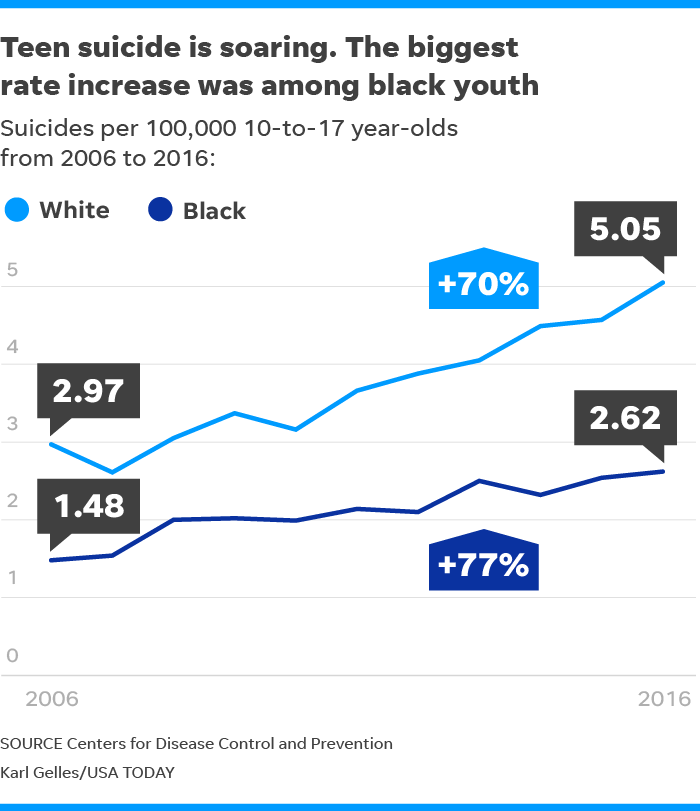Mental Health In Adolescents: Is Social Media To Blame
Exordium-
Mental Health diseases have been hitting our country hard the past few decades, but no age group has been affected more severely then Teens. According to a study done by Johns Hopkins, “The odds of adolescents suffering from clinical depression grew by 37 percent between 2005 and 2014”. Not only are teens in the most emotionally susceptible age period while going through puberty and experiencing hormone changes, they are also constantly battling for popularity and trying to find an identity among their peers.
Narrative/Exigence-
The statistics concerning mental health diseases like depression, anxiety, Post-traumatic Stress Disorder, and Obsessive Compulsive Disorder are rising at a concerning rate within our community as a whole. The National Institute of Mental Health found that today “approximately 1 in 5 adults in the U.S, or 18.5%, experience mental illness in a given year”. The number of visits to a physicians office for mental health has increased from 59.8 million in 2015 to 66.7 million in only two years. These statistics are even more frightening in the younger generations. The following graph illustrates the increase in the use of psychotropic drugs for treating depression in girls ages 1-17 over the years 2004 to 2014. There is a clear and frightening rise every year and always a constant spike in use during the teen years. 

These statistics have had even more alarming results. The suicide rate over the last 13 years has been rising steadily as shown in the graph. Something needs to be done to slow this progression because our society cannot be complacent with such a high rate of suicide in our young generation.
Mental Health is a complex issue and can be brought about by any number of events in a young person’s life. The theory of many is simply that doctors have begun to better understand and diagnose mental illness in teens as science and the practice of psychology have advanced rapidly in the past decade. Other blame the rise on the increased competitiveness in academics and sports in high school, but the cause with the most evidence and the biggest impact on teen culture as a whole is social media.
-Define the various problems and statistics connecting social media and poor mental
-Studies by Jean Twenge
Thesis:
The rapid change in teen culture and hyperconnectivity provided by their early exposure to social media has become the major factor in the shift towards their high and increasing rates of mental illness and suicide.
Partition:
My central idea would be increased public education to children and parents about the possible negative effects of social media exposure at a young age. It would essentially be the new MyPlate but concerning social media screen time and providing this information to parents as well. It will describe the possible negative health effects to parents, but still allow them to make their own decisions on how early they want to give children access.
Notes:
Public health awareness campaign- My Plate
First Major point is an elaboration on the problem w/ graphs and statistics
Second- Public campaign analogy to my plate
Third- How this will work and why it will, parents have children’s health as mental health, other campaigns that have worked, experts that say it will work